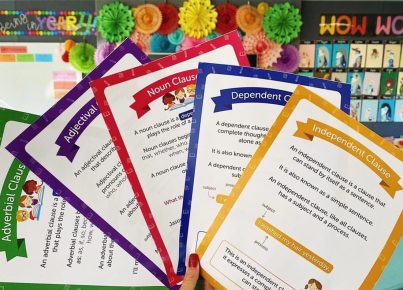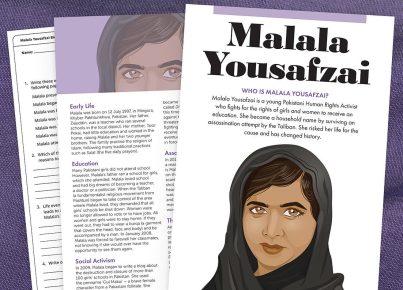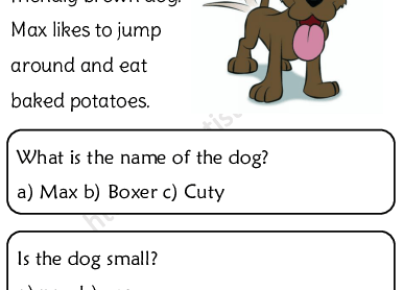1. Persuade, Inform, Entertain Sorting: Have students sort various texts by the author’s purpose (persuade, inform, or entertain). This activity teaches students to identify and differentiate different purposes.
2. Author’s Purpose Bingo: Create bingo cards with different author’s purposes and corresponding examples. Students must listen to a text being read aloud and mark their bingo card when they identify the purpose.
3. Purposeful Reading Stations: Set up reading stations with different texts – one station per author’s purpose. Students rotate through each station, read a passage, and record the purpose.
4. Purposeful Writing Prompts: Provide students with writing prompts that direct them to write persuasively, informatively, or entertainingly. This helps them practice creating content for each purpose.
5. Author’s Purpose Scavenger Hunt: Hide envelopes around the classroom with snippets of texts displaying different purposes. Students must search for the envelopes and record their findings.
6. Detecting Purpose Board Game: Develop a board game where students move forward by correctly identifying the author’s purpose for various texts on game cards.
7. Advertisement Analysis: Bring in real-life advertisements and have students analyze the persuasiveness of each ad and whether or not it was effective in achieving its purpose.
8. Picture Book Purposeful Reading: Read a picture book aloud, stopping at various points to discuss the author’s intended purpose behind specific passages or illustrations.
9. Magazine Collage Exploration: Provide students with a collection of magazines and ask them to create collages based on a specific author’s purpose – persuade, inform, or entertain.
10. Author’s Purpose Walkthrough: Have students listen to an audiobook or watch video clips while noting the text’s primary purpose at different points during playback.
11. News Article Breakdown: Examine news articles for elements that inform readers and discuss the author’s possible purpose.
12. Book Cover Persuasion: Collect a variety of book covers and ask students to analyze the persuasive techniques used to encourage readers to pick up the book.
13. Three Minutes to Make Your Case: Divide students into groups and provide them with the name of a popular movie. The group must then argue why the movie’s purpose was to persuade, inform, or entertain.
14. Author’s Purpose Charades: Act out a scenario from a text without speaking. The audience must guess the author’s purpose based on your actions.
15. Purposeful Playlist: Students create a playlist of songs geared toward persuading, informing, or entertaining listeners.
16. Social Media Campaign Analysis: Examine social media campaigns, discussing their goals and whether they successfully achieved their intended purpose.
17. Balloon Debates: After students are given a persuasive text, they must present the argument outlined in the text to their classmates as they “debate” for or against an issue while standing on an inflatable balloon.
18. Interactive Digital Guided Reading: Use online platforms for guided reading sessions that include multimedia content (videos, quizzes) designed for specific author purposes.
19. Purposeful Poetry: Read different types of poems to students and discuss various purposes that poets may have when creating their work.
20. Interactive Author Study: Choose an author known for writing in multiple genres and explore their different works, identifying why they chose different styles and purposes for different stories.
21. Digital Breakouts : Create digital escape rooms based on famous books where students must solve puzzles identifying the author’s purpose for various elements within the story to unlock the breakout codes.
These 21 activities offer engaging ways for students to explore and understand author’s purpose more deeply while practicing different skills related to reading comprehension and critical thinking.





